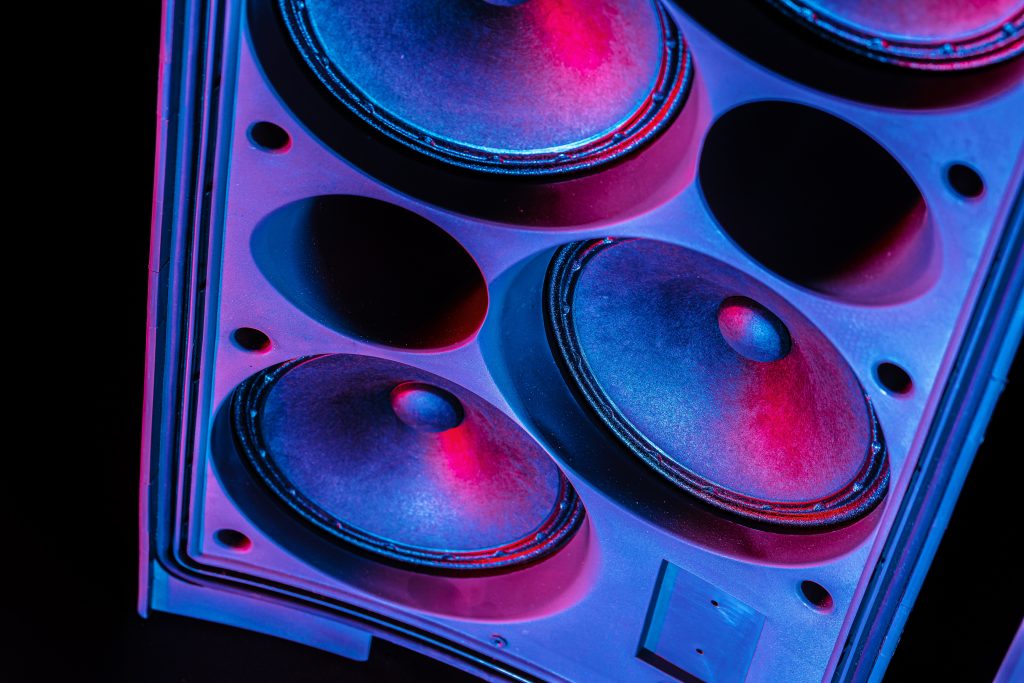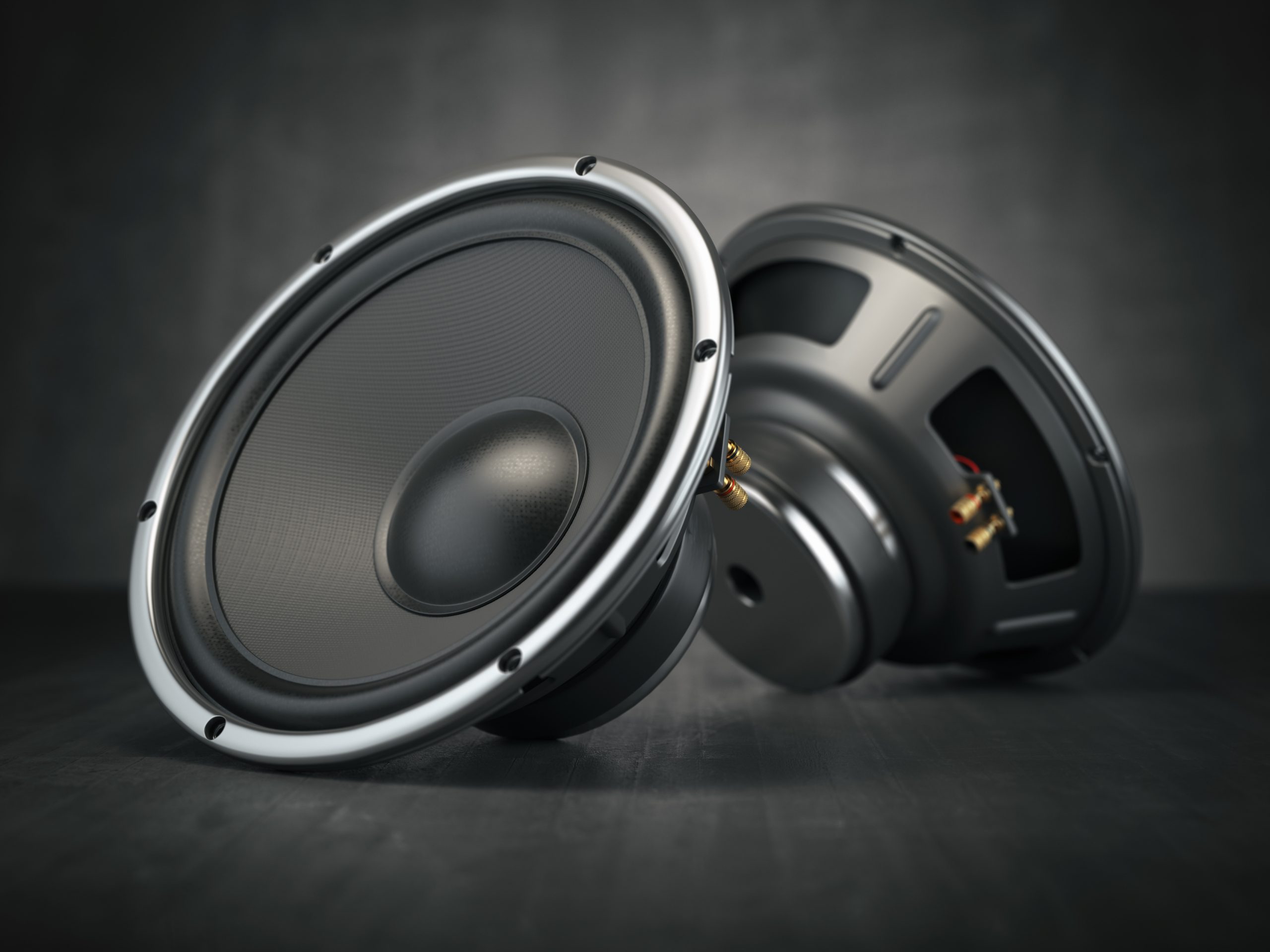Keeping noise at bay in Australia is a difficult challenge, one that can be exasperated significantly if the room or building you are seeking to quieten is not constructed in a way that will help mitigate the problem.
The problem with sound is that it is very persistent, unlike light which can easily be intercepted due to travelling in straight lines, sound travels in a radial pattern, which makes it very hard to block.
Fortunately, there are a number of innovative products on the market that can help with this exact problem, and one of the most effective of these is a sound baffle.

Sounds baffling…
Poor joke aside, a sound baffle functions by doing exactly that – it baffles the sound waves and disrupts their paths.
This means that the sound waves cannot permeate or bounce off of the sound baffles surface, and as such, the noise is lessened.
Having sound baffles installed in a room will greatly decrease the level of airborne sound as they are a form of sound mitigation, but how and where can sound baffles be installed?
Well, sound baffles come into basic categories, mounted and hanging, with each targeting sound in a slightly different way.
Wall-mounted baffles
Lining a wall with acoustic sound baffles will cause sound within the room to stay within the room, whilst limiting any outside noise that might be nearby.
They achieve this by being made of a special, thick material that traps any sound trying to pass through it whilst having an oddly shaped surface facing the inside of the room to prevent the sound from bouncing around.
These are very effective and can be hung like a canvas or picture frame using simple screws or brackets so that they can be fitted to just about any wall surface and are easy to handle.
Hanging baffles
A little bit different from their wall-mounted counterparts, hanging acoustic sound baffles serve the exact same purpose of minimising sound, but aren’t restricted to only one side.
Whereas you can mount sound baffles to a ceiling, just as you can a wall, hanging sound baffles come in two different types, those that are parallel to the ceiling, and those that are perpendicular to it.
Parallel sound baffles are aimed at disrupting the noise that is coming from below, just as if they were mounted to the ceiling, but by suspending them slightly below the ceiling you are adjusting the target height of the sound.
Perpendicular sound baffles, on the other hand, are aiming to disrupt the movement of sound along with a room so that you will hopefully not be able to hear as much noise from the people at the opposite end.
Installing any combination of these kinds of products will give you a noticeable difference, but the amount of noise mitigation you experience is going to depend on the scale of the problem you are trying to tackle as well as the shape and size of the room.
However, sound baffles are very effective and should definitely be a part of your noise-canceling battle plan.



